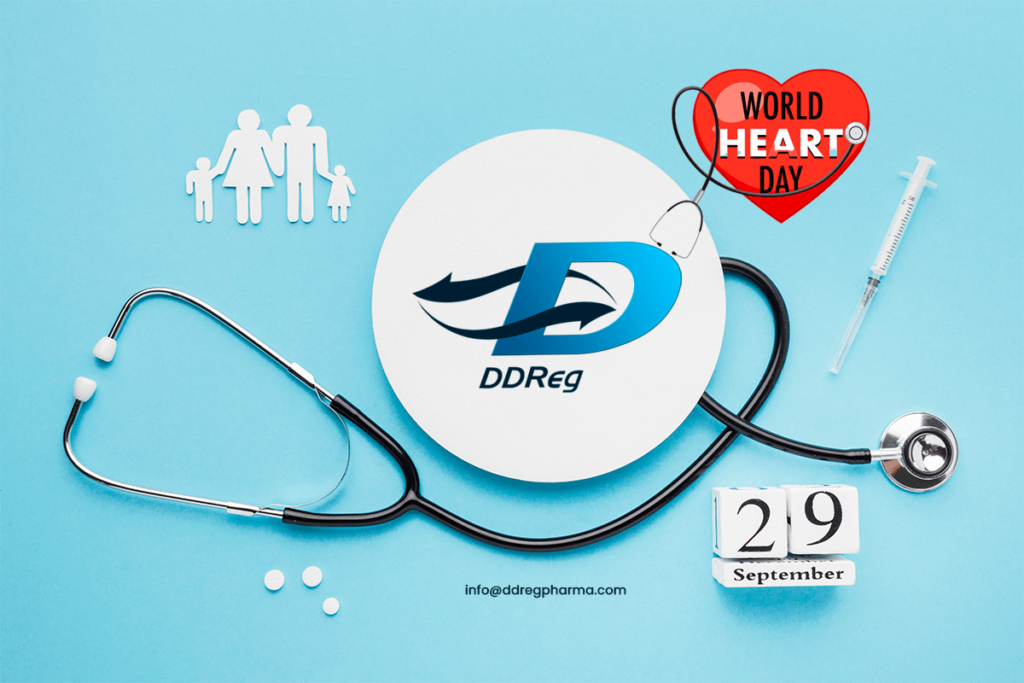According to the World Health Organization (WHO), cardiovascular diseases (CVD) are the leading cause of death around the world. In 2019, nearly one-third of all global deaths were attributed to CVD-related death; 85% were as a result of stroke and heart attack (1). Over the last few decades, cardiovascular devices have emerged as an important advancement in CVD therapy. In the USA, FDA-approved cardiovascular medical device have enhanced the lives of patients with CVD. However, the complexity of these devices has also increased as they are using in a variety of patients and are associated with high risk. Therefore, the need for stringent regulation for cardiovascular medical devices is high.
The FDA stringently assesses cardiovascular medical devices in terms of their safety and efficacy for treatment of various CVD and related conditions.
FDA Device Regulation
The Center for Devices and Radiological Health (CDRH) of the US FDA ensures the safety and effectiveness of medical devices and minimizes any exposure to radiation-emitting products. Several offices comprise the CDRH, that are each involved in different activities for medical device regulation. For example, the Office of Device Evaluation oversees pre-market application reviews, pre-market approvals (PMAs) and exemptions for investigational device exemptions; the Office of Compliance ensures safety and effectiveness by reviewing inspection reports for all medical devices on the market; the Office of Surveillance and Biometrics oversees adverse event (AE) reports for medical devices and related post-marketing activities (2).
Class II: these devices cause moderate risk to patients and follow Special Control regulatory process where the regulatory clearance is obtained through the Premarket Notification 510(k) pathway. Nearly 80% of devices that receive 510(k) clearance are Class II medical devices (4).
Data requirements for premarket approval regulatory process
In the case of a cardiovascular medical device being a modification for a previously approved device, the FDA and the trial sponsor can decide whether a clinical study is required or not depending on the information submitted for the approved medical device, the extent of the changes in the modified device, non-clinical evaluation of the modified device, and the safety profile.
Challenges in Cardiovascular Medical Devices
Though the PMA process is the most stringent FDA regulatory review procedure, there are areas for improvement particularly in clinical trials regulatory . High quality and accurate clinical trials include randomization and blinding to reduce any bias. However, a review on the cardiovascular PMA-approved devices between 2000 and 2007 revealed that only 27% of investigations were randomized and only 14% were blinded (6). This is because blinding can be difficult to implement particularly for ventricular assist devices. Furthermore, with respect to patient participation fewer patients are enrolled in medical device trials compared to drug clinical trials so data on major events related to morbidity and mortality are comparatively less; key parameters for medical device therapy may not be fully understood at the time of trial design. These parameters include implant and surgical technique, patient selection, and follow-up. It is possible that while a cardiovascular medical device is undergoing clinical trials, a newer model may be released as a result of new technology being accessible. There could be changes in algorithms that could alter the functionality of the medical device. Currently, there is a lack of rules and guidelines that dictate whether these changes require new clinical trials to be conducted (7).
References and Further Reading:
- Cardiovascular diseases (CVDs) (who.int)
- Overview of Regulatory Requirements: Medical Devices – Transcript | FDA
- FDA-Approved Devices That Help Keep the Heart Beating | FDA
- Dhruva, Sanket S., and Rita F. Redberg. “FDA regulation of cardiovascular devices and opportunities for improvement.” Journal of Interventional Cardiac Electrophysiology36, no. 2 (2013): 99-105.
- Dhruva, Sanket S., Lisa A. Bero, and Rita F. Redberg. “Strength of study evidence examined by the FDA in premarket approval of cardiovascular devices.” Jama302, no. 24 (2009): 2679-2685.
- Zannad, Faiez, Wendy Gattis Stough, Ileana L. Piña, Roxana Mehran, William T. Abraham, Stefan D. Anker, Gaetano M. De Ferrari et al. “Current challenges for clinical trials of cardiovascular medical devices.” International journal of cardiology175, no. 1 (2014): 30-37.

